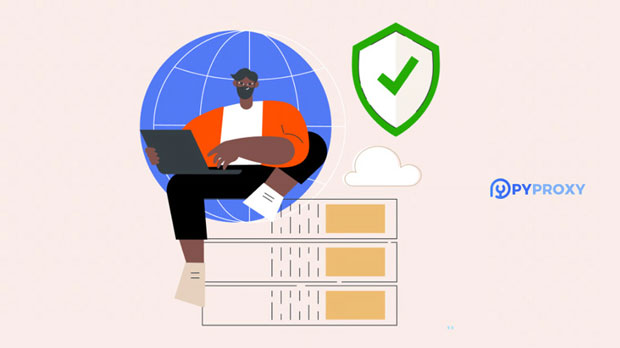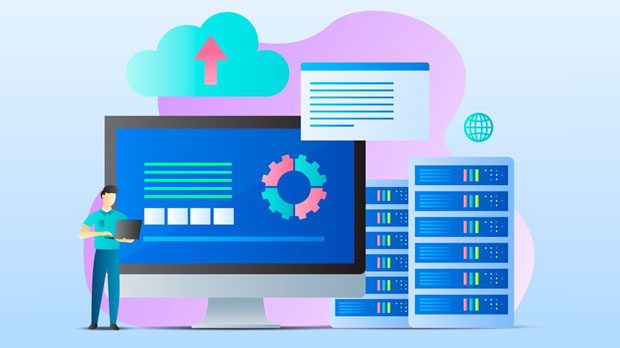In the era of digital transformation, the increase in multi-device usage has transformed the way we interact with the internet. The use of residential IP addresses in handling concurrent requests from multiple devices has raised several challenges and opportunities in the realm of internet connectivity. Residential IPs, typically provided by ISPs (Internet Service Providers) to end-users, are more likely to be perceived as genuine traffic compared to datacenter IPs. However, when dealing with multi-device concurrent requests, the behavior of these IPs may be subject to throttling, rate limiting, or even blocking by servers, depending on the traffic pattern. This article delves deeper into the performance characteristics, challenges, and strategies associated with multi-device concurrent requests using residential IPs. Understanding Residential IP Addresses and Their General BehaviorResidential IP addresses are those assigned to home internet connections by ISPs. Unlike data center IPs, which are often used for automated tasks like web scraping or running bots, residential IPs are associated with legitimate home users. As a result, they are less likely to be flagged as suspicious or malicious by websites, making them a preferred option for certain applications.However, when multiple devices within a household or network initiate concurrent requests through the same residential IP address, there can be implications on the performance and effectiveness of these requests. This scenario can impact the quality of service, especially for applications requiring high bandwidth or low latency.The Challenges of Multi-Device Concurrent RequestsOne of the major challenges with using a single residential IP address for multiple devices requesting data simultaneously is the risk of resource contention. Each device on the network competes for the same bandwidth and the IP address’s connection resources. This can lead to slower speeds, higher latency, and, in some cases, service disruptions, especially when the available internet connection bandwidth is limited.Furthermore, many websites and services employ rate-limiting mechanisms to manage traffic and prevent abuse. When multiple devices under the same residential IP initiate requests at the same time, the server may recognize this as a sudden spike in traffic, triggering the rate-limiting or even temporarily blocking the IP address. This is particularly problematic for applications that require consistent access, such as streaming services or gaming platforms.Rate Limiting and Throttling IssuesRate limiting is one of the most common techniques used by websites to control the flow of requests from a particular IP address. It is designed to prevent overload and ensure fair usage of resources. When multiple devices from a single residential IP address send requests in a short time frame, the server may interpret this as a high volume of traffic from a single user or network.This behavior can trigger rate limiting, which may result in delays, errors, or complete denial of service for certain devices. In more severe cases, the residential IP address may be blacklisted or temporarily banned, affecting all devices within the same network.Throttling, a related issue, occurs when the server intentionally slows down the rate of data transfer to mitigate excessive load. This could lead to poor performance for devices attempting to access the server, especially for applications like video streaming, where consistent data throughput is essential.Impact on Network PerformanceWhen multiple devices on the same residential IP address access online resources concurrently, it can have a significant impact on overall network performance. The total available bandwidth is shared among all connected devices, which means that the more devices that are actively using the connection, the slower the individual speed may become. This problem is especially critical when devices are involved in high-bandwidth activities such as video streaming, online gaming, or large file downloads. With limited bandwidth, the user experience for each device may suffer, resulting in buffering, lag, or slow data transfers. Additionally, the latency of requests can increase due to the congestion at the residential IP address level. This is because the server may need to handle multiple simultaneous requests, leading to delays in processing each request.Mitigating the Issues: Strategies for Multi-Device UsageSeveral strategies can help mitigate the challenges posed by multi-device concurrent requests using residential IP addresses. One of the most effective methods is to optimize the bandwidth allocation and prioritize traffic. For example, in households or small businesses, it may be beneficial to assign certain devices for specific tasks. High-bandwidth activities like streaming can be limited to certain devices, while others can focus on less intensive tasks, like browsing or email.Another approach is to make use of modern networking technologies like Quality of Service (QoS) and load balancing. QoS allows network administrators to prioritize certain types of traffic, ensuring that critical applications like VoIP or video conferencing receive the necessary bandwidth and low latency. Similarly, load balancing can distribute requests evenly across multiple servers or devices, reducing the strain on any single IP address.Residential IP Rotation as a SolutionFor users who require consistent and high-performance internet access from multiple devices, residential IP rotation can be an effective solution. Residential IP rotation involves switching between different residential IP addresses within the same geographic region or ISP network. This method can help distribute the traffic load across multiple IPs, reducing the risk of throttling or blocking by servers.Rotating IPs also make it harder for websites and services to detect suspicious activity, as the traffic is distributed across multiple addresses. However, this approach may still face limitations if the website uses more advanced methods of detecting abnormal traffic patterns, such as analyzing device fingerprints or session behavior.Real-World Applications and Use CasesThe behavior of residential IP addresses in multi-device environments has real-world implications across various industries. For businesses involved in digital marketing, ad verification, or content aggregation, residential IPs are crucial for mimicking real user behavior. However, managing multiple devices accessing services simultaneously can create performance bottlenecks. For instance, businesses involved in e-commerce may rely on multiple devices within a household to perform tasks like price comparison or product research. Ensuring that each device can access the service without hitting rate limits or experiencing throttling is essential for smooth operations.Similarly, streaming services that require high-bandwidth data transfers must consider the impact of multi-device usage, as users may experience buffering or slow downloads when many devices are connected to the same residential IP address.As multi-device usage continues to rise, understanding the behavior of residential IP addresses during concurrent requests becomes increasingly important. The challenges associated with bandwidth contention, rate limiting, and throttling require thoughtful strategies to ensure optimal performance for all connected devices. By leveraging techniques such as traffic prioritization, QoS, load balancing, and IP rotation, users can mitigate the negative effects of concurrent requests and ensure seamless internet connectivity.For businesses and individuals who rely heavily on residential IPs, these strategies are essential for maintaining the integrity and reliability of their online activities. By addressing the unique challenges posed by multi-device usage, they can create more efficient, responsive, and user-friendly internet experiences.
Sep 10, 2025



































































